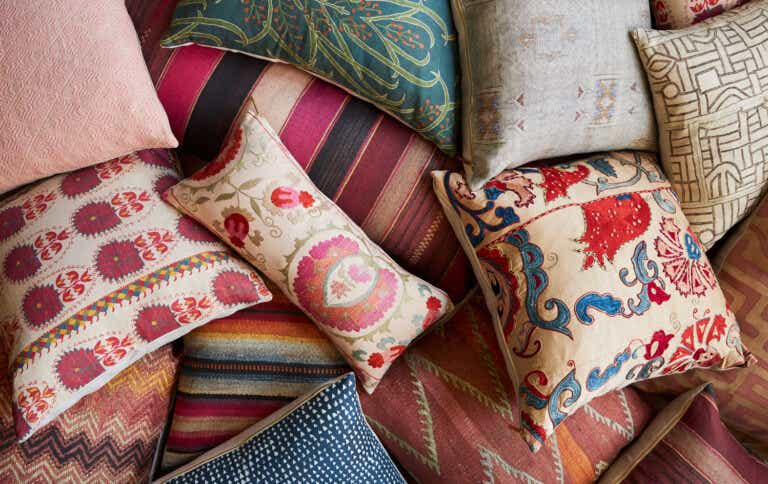About St. Frank
At its core, St. Frank combines two of the passions of its founder: art and international development. While working with a healthcare NGO in Rwanda, art historian Christina Herbert Bryant worked with local artisans to create pieces to bring home with her using their traditional craftsmanship. By the time she returned to the U.S. to get her MBA, the seed of St. Frank had been planted. The company incorporates the work of artisans in under-resourced countries into home goods that appeal to American consumers, including throw pillows, wallpaper, tableware, and linens. Along the way, St. Frank pays those artisans a fair wage, supporting their communities with a sustainable source of income and preserving their craft for future generations.

Why we love them
Unlike most luxury brands, St. Frank has an eye on cultural preservation, rather than appropriation, and works to create a responsible business model that truly benefits its workers. St. Frank sells both vintage and newly crafted items, giving old fabrics new life and paying royalties to artisans from its printed pillows and wallpapers. Each item on the company’s site includes an explanation of its origin, the techniques used to make it, and its history. For example, our colleague Lisa’s hand-blown Ombré Blue Glass Pitcher is made in a family-owned factory in a remote Mexican town, while Alissa’s Linen Placemats were dyed by hand in western India. With eye-catching patterns and designs, St. Frank’s furnishings are intended to be an expression of your taste while bringing the world into your home.









